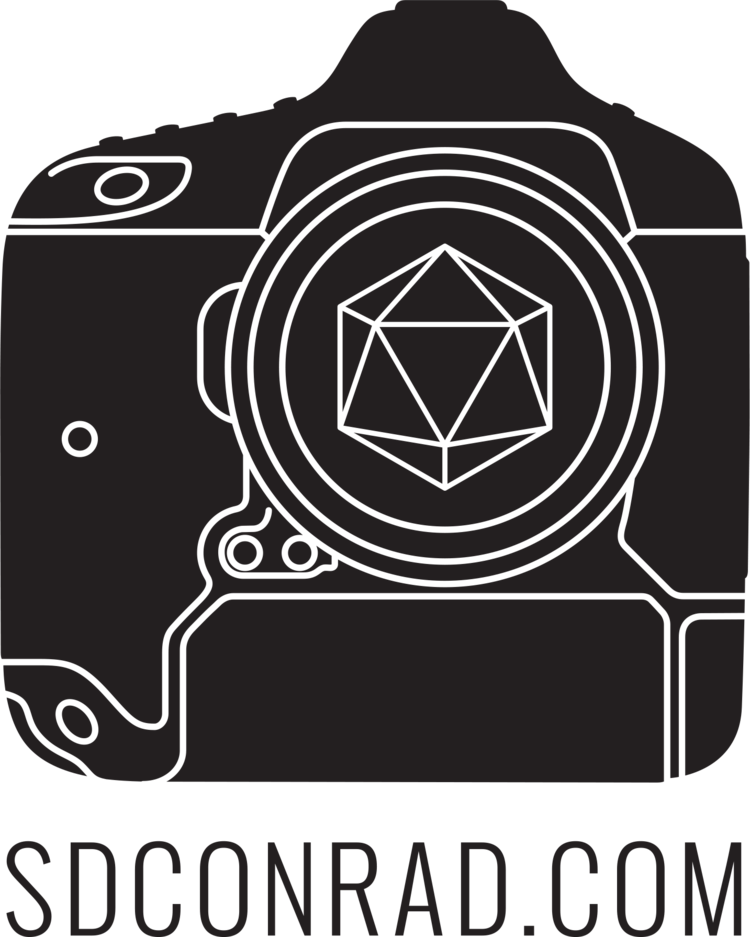I was talking to someone the other day about the duties of event photography, or even just photography in general but particularly event photography. The duties include getting people interested in having their picture taken, finding a spot where the background isn't distracting, and making sure they look good. Candid photos offer a different set of challenges because you'll most likely be using a flash, especially if you're in a bar or some other kind of event space. People can't help noticing your presence and look right at you, which isn't what you want in a candid. So you have to balance your command of your subjects between getting them to do what you and also to act natural.
Charisma goes a long way with photography, which is something I didn't realize I'd have to rely on when I decided photography was something I wanted to do for the long term. I was most interested in capturing a beautiful image and not so interested in interacting with people. But I need to do both things equally well in order to do my job right. The person I was talking to complained that other photographers they had worked with didn't realize they needed to talk to their subjects more and get them to areas where a picture will look its best. The people being photographed don't know what your picture is going to look like, so you have to get them to be in a place for the best possible picture. Limiting foreground distractions and background distractions falls on the photographer. It's easy to forget that, especially when you're working with someone who has some fame surrounding them. It feels strange telling someone "could you move just 3 feet to your right?" when you know they carry some serious clout. But you have to do it for their benefit, just as much as your own.
"Can you take my picture over here?" many people ask. But sometimes "over here" looks good to the naked eye but will be distracting or bland on camera. Sometimes "over there" is much better. You have to be able to tell people "I don't think this spot looks great" without making it seem like they are the problem. I often say "the light is better over here" or something like that to ensure they know it's not them, it's the scenery, or the camera, that needs help.
They originally started to form up for a group shot in front of a big mirror. I politely asked them to move elsewhere and they were happy to do so.
Candid pictures is a totally different animal all together. I use my zoom lens so I can be relatively far away and take pictures of people talking hopefully without them ever knowing that's what I'm doing. But at events where I need to use my shorter lens and a flash, that can be tricky. It's impossible to hide the fact you're trying to take candid pictures when your flash is going off. Usually if people notice me trying to take candid pictures and go in to their go-to photo pose, I'll take the pose pictures, joke with them a bit, and then say something "I'm going to get a few candids of you all and then I'll be out of your hair." They'll usually laugh, and go back to talking, hopefully still smiling from our interaction, and I get my pictures just the way I want them.
Once comfortable with your presence, people will ignore you despite hovering around them with a flash going off.
The more confident you are talking with strangers, the better your pictures will be. The more closed off you are as a photographer, the more closed off the people you're trying to photograph will be. A quiet and shy photographer might come off as a creep. Many events I've shot, people are unaware the venue hired a photographer. So if you're skulking around taking pictures, people might get upset. You have to be willing to talk to people as soon as you take your lens cap off, otherwise, you won't get hired for that event again.
